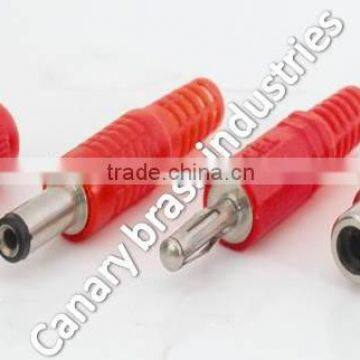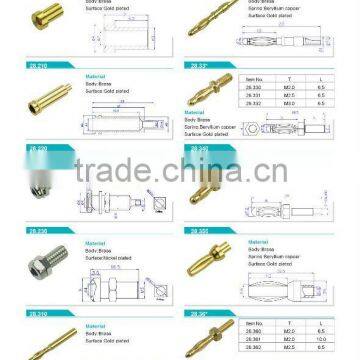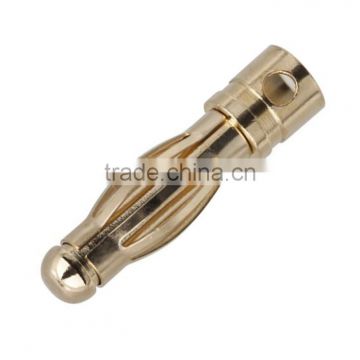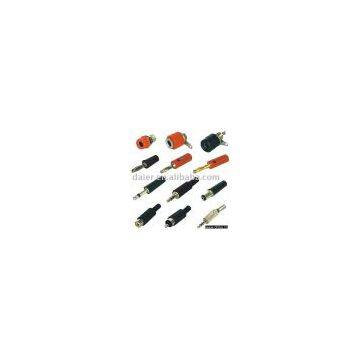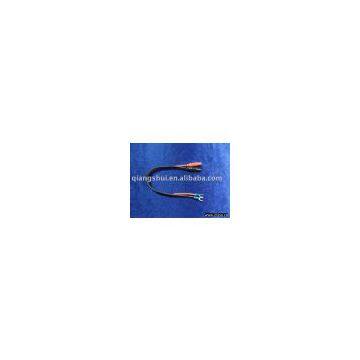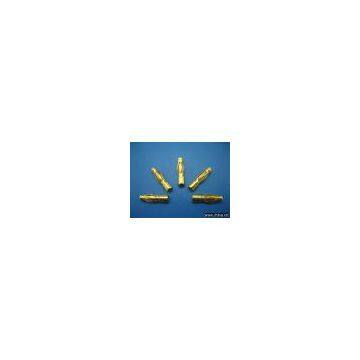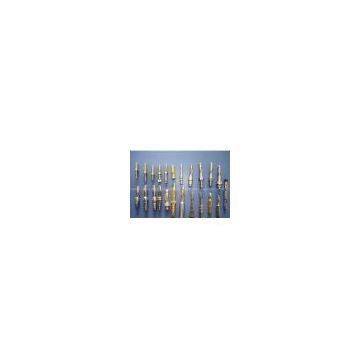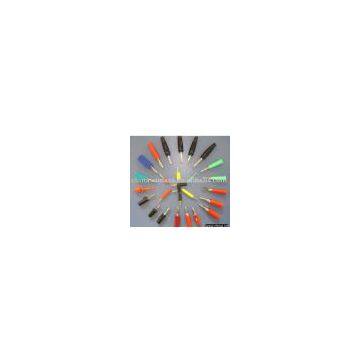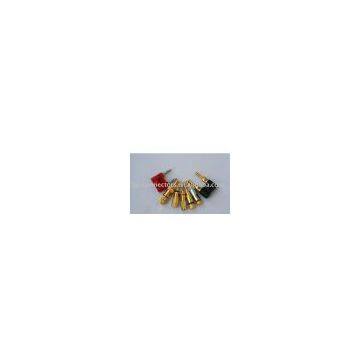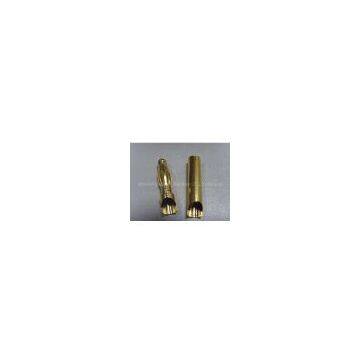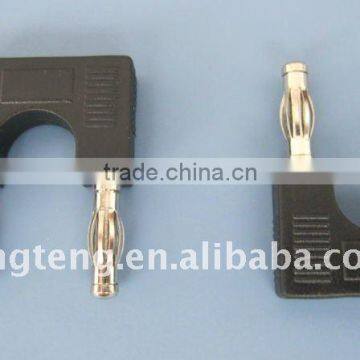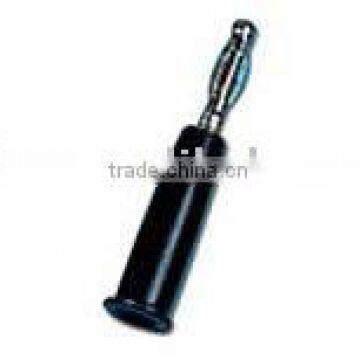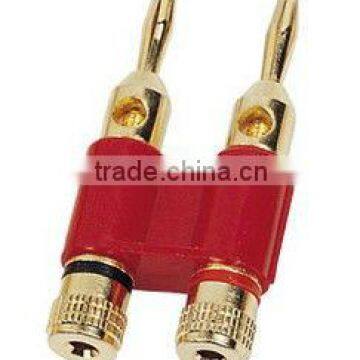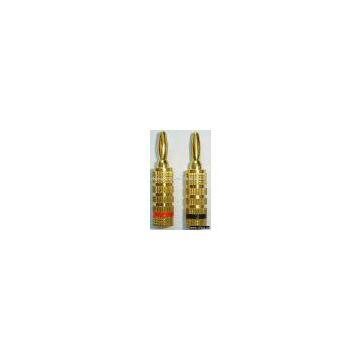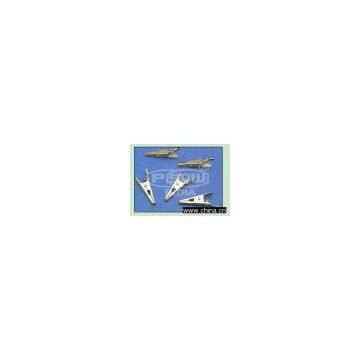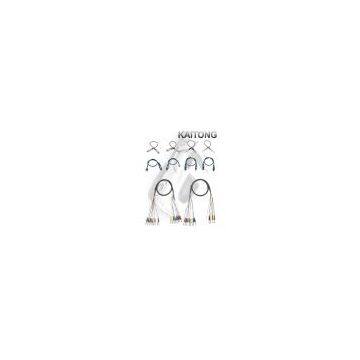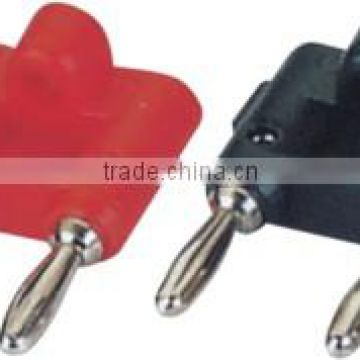banana plug Insights & Buyer's Guide
Welcome to your one-stop guide on how to properly use and understand banana plugs in your sound system. If you love music, having the correct connectors as part of your sound system will improve your experience immensely. We will cover everything from the benefits of banana plugs to their installation and selection guidance. Consider this your all-inclusive guide.
What is a Banana Plug and Why Should You Use Them?
Understanding the Function of Banana Connectors
Banana plugs connect speakers’ cables to amplifiers or receivers using cylindrical connectors. This type of connector takes its name from the shape it resembles, and is made to fit snugly into banana sockets or binding posts. Through banana plugs, you guarantee a steady connection, which minimizes accidental disconnections that could disrupt your sound system. With banana plugs, it becomes easier to attach and detach speakers, and therefore, they are a must in any audiophile-grade sound system.
Benefits of Using Banana Plugs for Speaker Wire
Using banana plugs in conjunction with speaker wire provides many benefits. The connection is improved because the banana plugs reduce signal loss as they tighten securely to the wire strands. This improves the sound performance and clarity. Additionally, banana plugs protect against bare wire exposure, which may cause oxidation over time. The protective covering helps maintain speaker cables and protects them from damage, degradation, and ensures consistency in audio quality.
How Banana Plugs Improve Your Sound System Setup
Integrating banana plugs into your sound system setup can make the installation much more efficient. They are easy to use and enable fast connections, which is useful when working with complicated home theater systems. Quality banana plugs eliminate problems with loose wires or fraying. Furthermore, gold-plated banana plugs improve effectiveness and lower signal distortion between components, which makes your sound system perform even better.
How to Install Banana Plugs on Speaker Wire
Step-by-Step Guide to Installing Banana Plugs
Installing banana plugs on speaker wire is a straightforward process. First, strip the insulation off the end of the speaker wire to expose the wire strands. Next, insert the wire into the banana plug's terminal. Depending on the type of banana plug, you may need to either screw the terminal tight or solder the wire for a more permanent connection. Once secured, insert the banana plug into the corresponding binding post or banana socket on your amplifier or receiver. This simple installation process ensures a secure and reliable connection.
Choosing Between Solder and Screw Type Banana Plugs
During the selection process, banana plugs come in solder and screw types. Solder banana plugs fix a wire by soldering it, which provides a durable and immovable connection. Another option is banana plugs of screw type which allows the wire to be held in place by a screw thus offering the advantage of the wire being easily connected and disconnected. Your decision will be made based on your preference for ease of use and sturdy connection.
Common Mistakes to Avoid When Connecting Banana Plugs
When screwing in banana plugs, there are a few things to pay attention to. Ensure wire strands are fully put into the plug and there are no stray strands of wire shorting. Screws should not be too tight as that can break the wire, or the plug itself. With soldered banana plugs, be careful not to overheat as that can break their conductive properties. Making sure these points are met will make the installation seamless.
How to Select the Right Banana Plug for Your Sound System
Factors to Consider: AWG, Compatibility, and More
Choosing an appropriate banana plug for your sound system requires attention to the American Wire Gauge (AWG) size of your speaker cable, as this determines both its gauge and the suitability of the plug. Make sure that the banana plug you select can fit your amplifier or receiver’s binding posts. Also, consider if you need features such as stackability, right-angle connectors, or color coding, which may be necessary for your installation.
Comparing Stackable and Right-Angle Banana Plugs
Stackable banana plugs enable several plugs to be put into a single jack, ideal when expanding a sound system. Right-angle banana plugs are for space-restricted scenarios where the wire has to exit at a 90-degree angle. Both these options provide unique advantages that can be chosen depending on the setup requirements.
The Importance of Color-Coded Banana Plugs
Categorizing banana plugs by color enhances the efficiency in setting up a sound system. Connectivity errors will be minimized when you can effortlessly recognize color-coded plugs. This is very helpful with intricate systems that have numerous connections. This guarantees that an audio system is optimally configured without hurdles.
Frequently Asked Questions(FAQs)
Q: What are banana plugs, and what is their importance in audio systems?
A: Banana plugs are used for connecting various audio components like speakers and amplifiers. They simplify the process of connecting and disconnecting through tool-free insertion, ensuring a dependable connection. For this reason, banana plugs are prevalent in home theaters and audio systems.
Q: What is the difference between open and closed screw banana plugs?
A: Open screw banana plugs permit the wire to be put through and affixed via a screw, while closed screw plugs encase the wire in a sheath which is then screwed. Both designs are effective as far as retention, but closed screw types are better in terms of overall retention.
Q: Can banana plugs be used in conjunction with wall plates?
A: Absolutely. With wall plates that have banana jacks, wall plates can now be used with banana plugs. This feature greatly improves the aesthetics and functionality of the installation since speakers can easily be connected or disconnected without loose cables.
Q: What is the Importance of Using Deadbolt Banana Plugs?
A: To begin with, deadbolt banana plugs offer a very secure connection based on the locking mechanism of the deadbolt. They are explained to have retractable wire gripping features aiding in the audio consistency of the device.
Q: Are There Various Types of Banana Plugs?
A: Yes, some of them are single, dual, and right-angle ones. Dual ones are quite popular with test machines, while right-angle ones are good for congested areas. Each design has its pros and cons, and the emphasis is placed on personal preference.
Q: What does the 4mm size refer to in the context of Banana Plugs?
A: In this case, the 4mm would be the size of the plug, and this is how thick banana plugs and jacks are. This size greatly improves the usability among all sorts of audio devices and test devices.
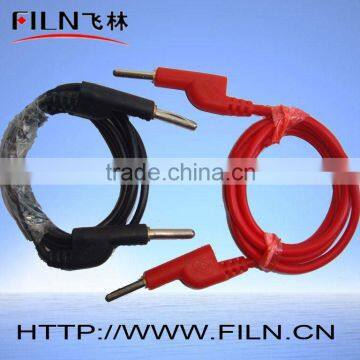 4mm insulated plastic banana plugUS$ 0.05 - 0.1MOQ: 5000 PiecesWenzhou Xinglin Electrical Fittings Factory5 YRS
4mm insulated plastic banana plugUS$ 0.05 - 0.1MOQ: 5000 PiecesWenzhou Xinglin Electrical Fittings Factory5 YRS battery banana plug\aluminum pipe saddle clamp with great priceUS$ 800 - 1,000MOQ: 1 SetHongjing Test Instrument Co., Ltd.5 YRS
battery banana plug\aluminum pipe saddle clamp with great priceUS$ 800 - 1,000MOQ: 1 SetHongjing Test Instrument Co., Ltd.5 YRS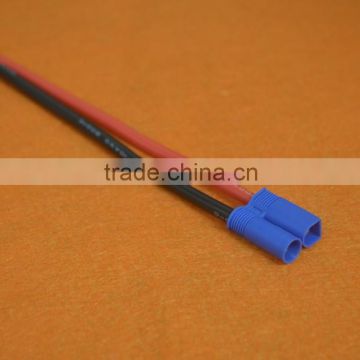 12AWG Silicone Cable with 3.5 mm banana plug for RC ModelsUS$ 2 - 10MOQ: 1000 PiecesDongguan Premier Cable Co., Ltd.5 YRS
12AWG Silicone Cable with 3.5 mm banana plug for RC ModelsUS$ 2 - 10MOQ: 1000 PiecesDongguan Premier Cable Co., Ltd.5 YRS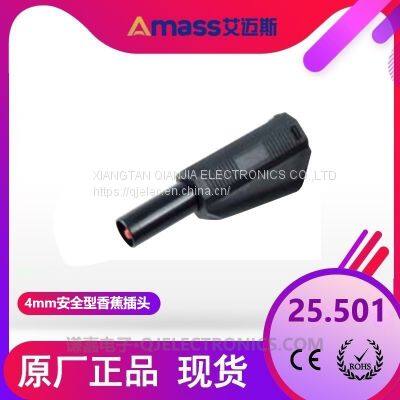 4mm safty banana plug 25.501 600V banana connectorsUS$ 0.24 - 0.3MOQ: 1000 PiecesXIANGTAN QIANJIA ELECTRONICS CO.,LTD
4mm safty banana plug 25.501 600V banana connectorsUS$ 0.24 - 0.3MOQ: 1000 PiecesXIANGTAN QIANJIA ELECTRONICS CO.,LTD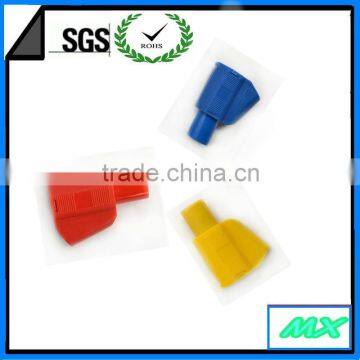 gold banana plugs,2mm,4mm banana plugUS$ 0.1 - 0.2MOQ: 2000 PiecesChangzhou Mingxin Electric Technology Co., Ltd.
gold banana plugs,2mm,4mm banana plugUS$ 0.1 - 0.2MOQ: 2000 PiecesChangzhou Mingxin Electric Technology Co., Ltd.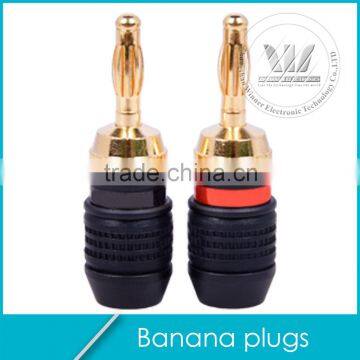 Deadbolt banana plugsUS$ 0.62 - 0.68MOQ: 500 PacksZhongshan Winner Electronic Technology Co., Ltd.
Deadbolt banana plugsUS$ 0.62 - 0.68MOQ: 500 PacksZhongshan Winner Electronic Technology Co., Ltd.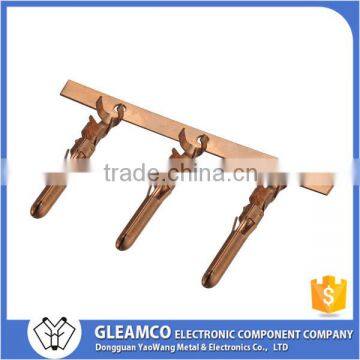 OEM banana plug TerminalUS$ 0.10 - 0.10MOQ: 10000 PiecesDongguan City Yaowang Metal&Electronics Co., Ltd.
OEM banana plug TerminalUS$ 0.10 - 0.10MOQ: 10000 PiecesDongguan City Yaowang Metal&Electronics Co., Ltd.

